Next Post
This post may contain affiliate links, please see our privacy policy for details.
Two words. Monumental Recipe…..Traditional Greek Pita Bread.
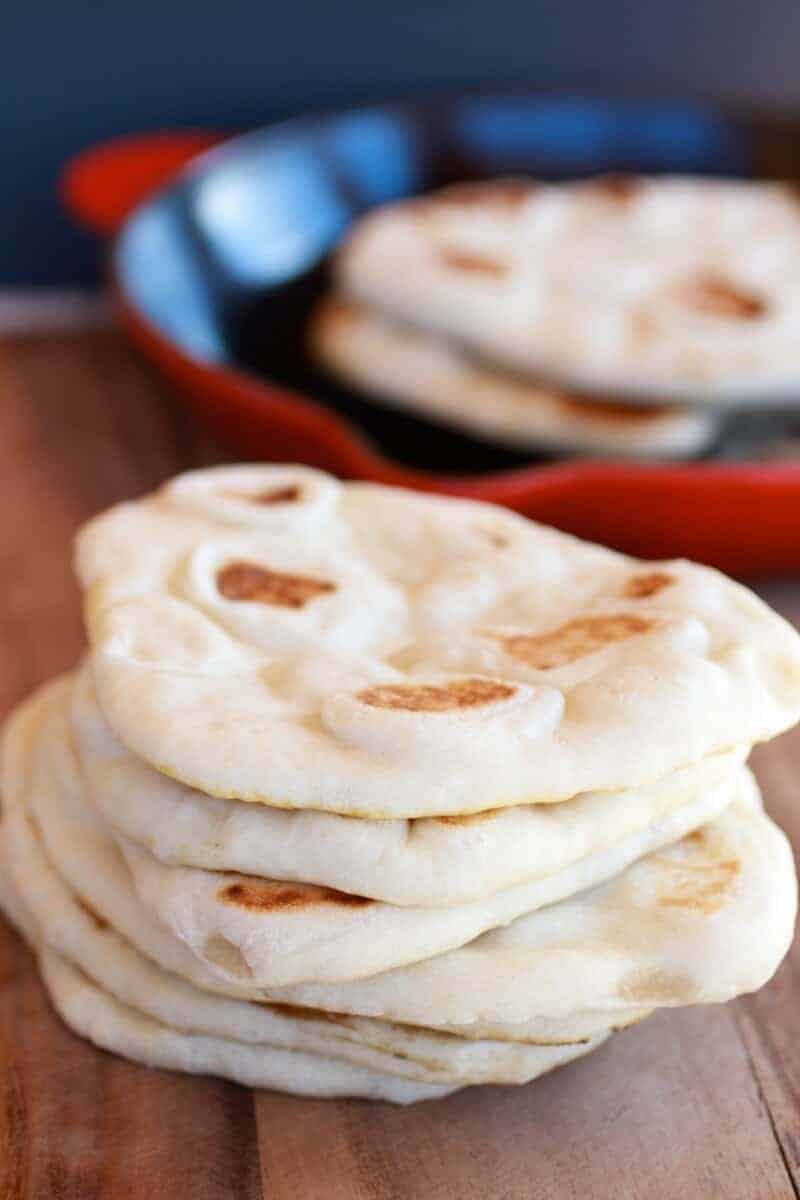
Yeah, monumental.
It is just that good.
Like it is crazy, just insanely good. You could not get them better unless you flew to Greece.
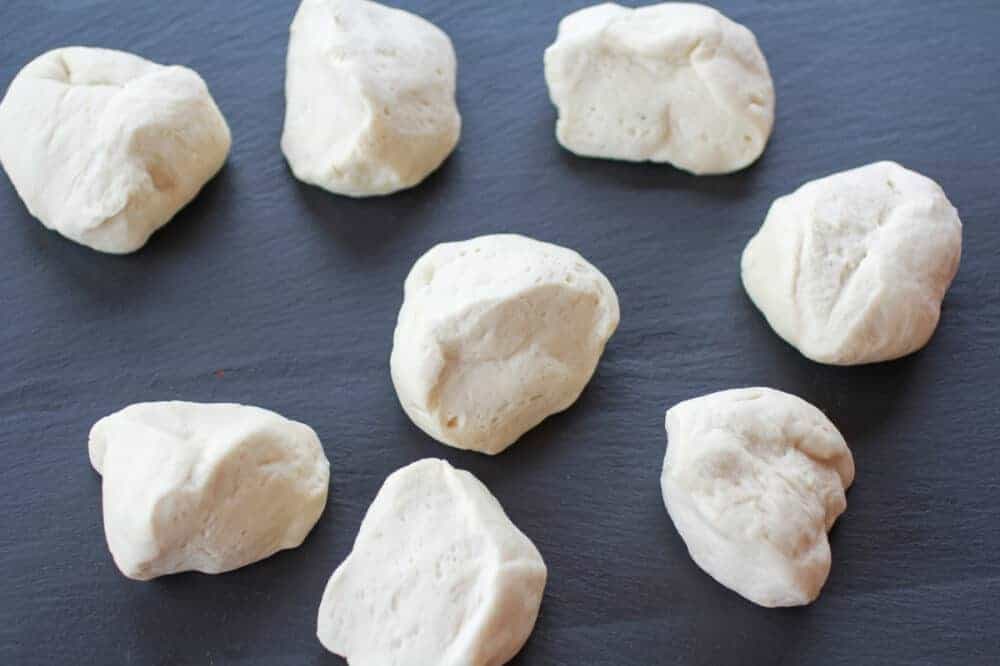
I can promise you guys, that after you make this easy homemade traditional Greek pita bread you will never want to buy the store-bought version again. Sure, you may have to for convenience and time purposes, but you will probably be wishing you were eating these.
Nah, not probably. You will. Guaranteed.
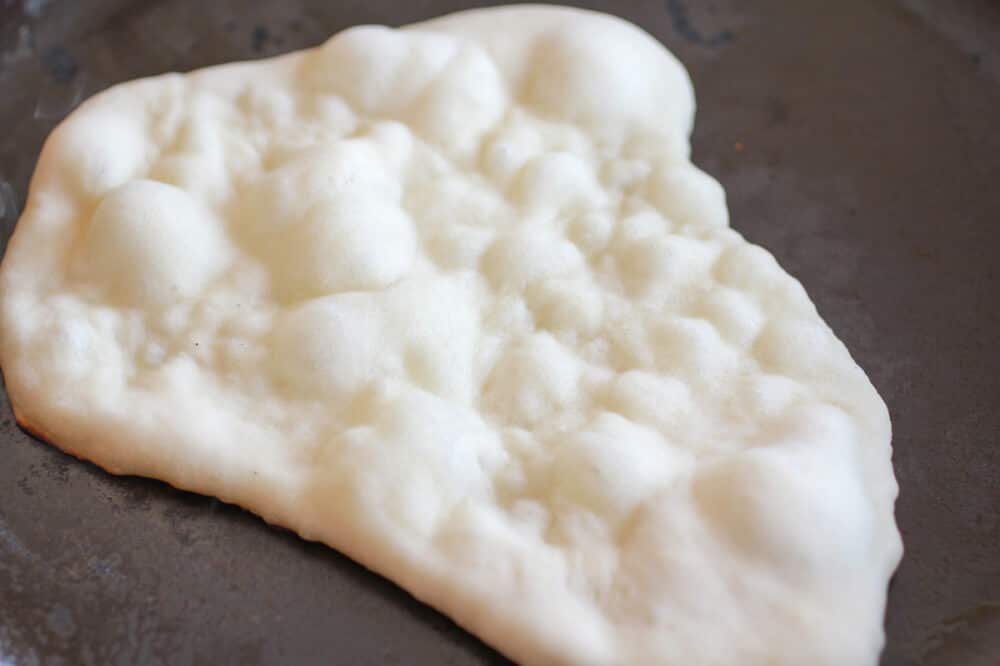
They’re so soft, so chewy and the flavor is just so good. There really are no words to describe just how good these are.
If you can make pizza dough, you can make these. And even if you have never made pizza dough, you can still make these. They are so simple and the dough is really easy to work with. These pitas are going to transform your lunches and even your dinners! Greek pizza? Yes!
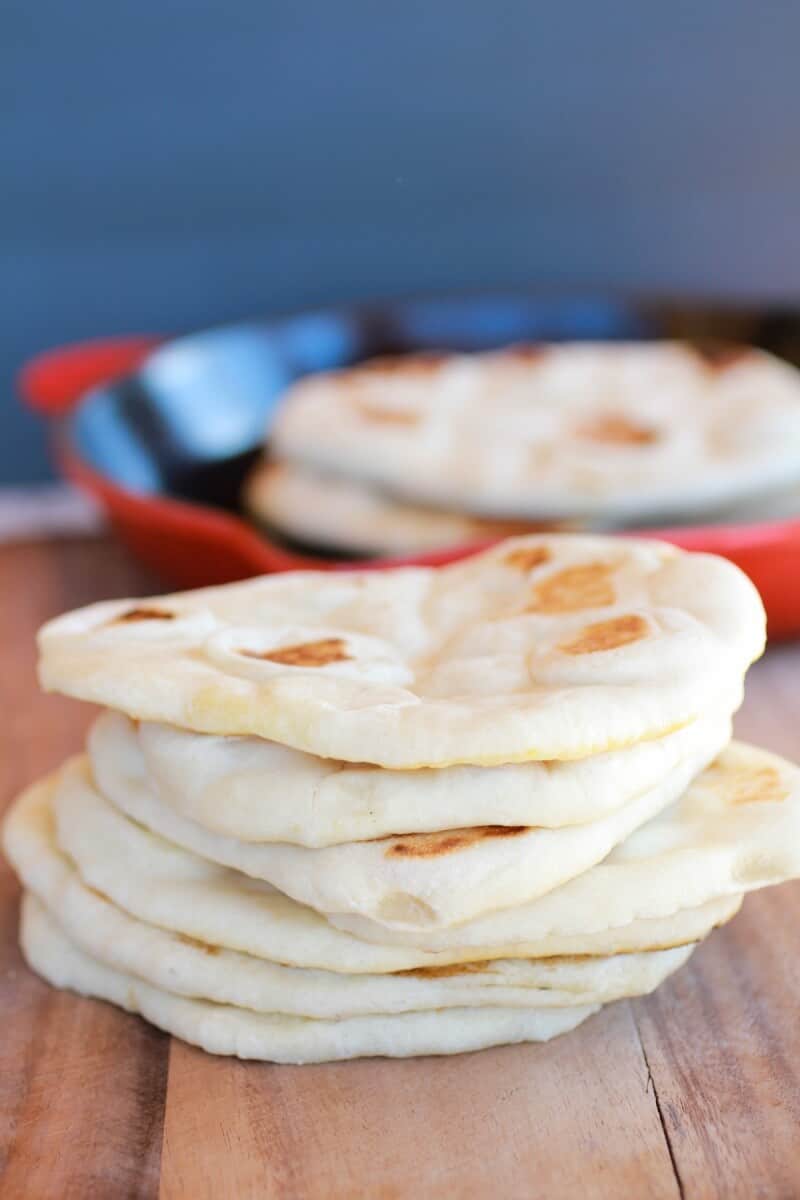
So, I made these pita’s with a purpose. A real good purpose. But you are going to have to wait till tomorrow for that.
Until then, make these pita’s. You’ll want to just eat them plain, but you really should wait and pair them with tomorrow’s post.
But trust me, make them now.
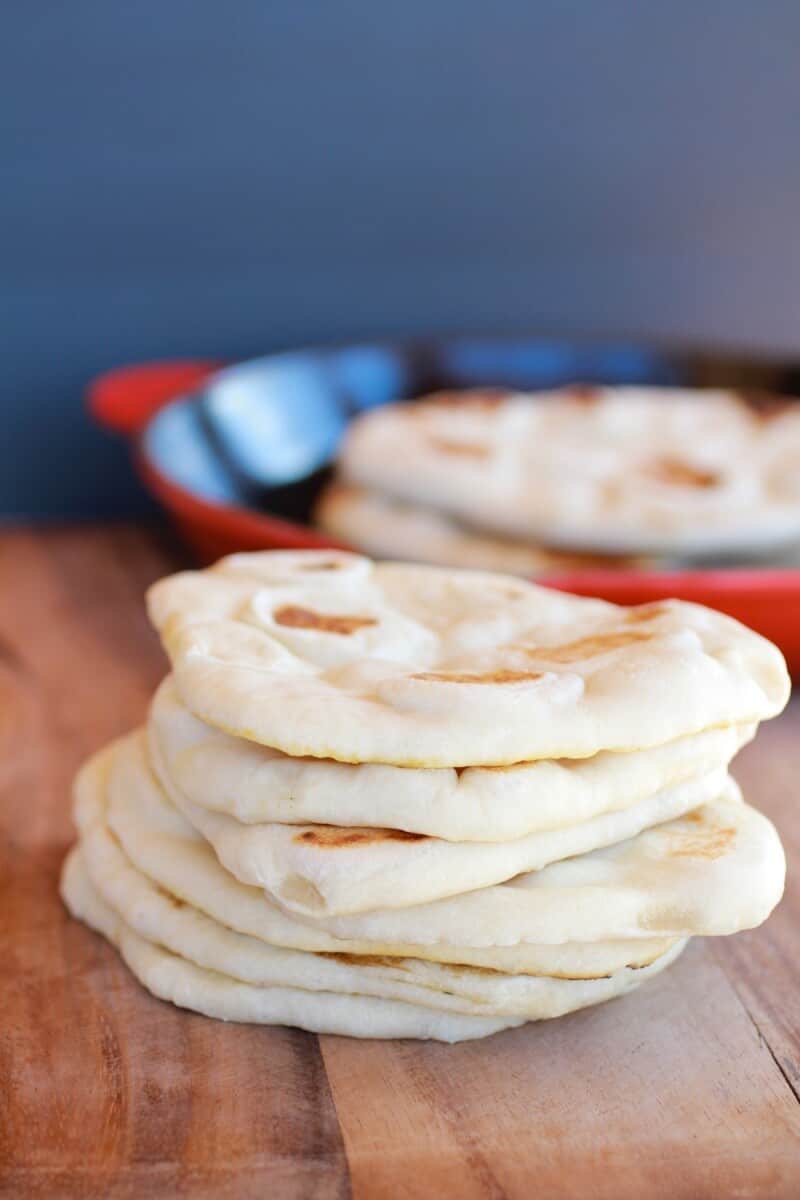
Traditional Greek Pita Bread.
Servings: 8 pita rounds
Calories Per Serving: 193 kcal
Nutritional information is only an estimate. The accuracy of the nutritional information for any recipe on this site is not guaranteed.
Ingredients
- 1 cup hot water but not boiling
- 2 teaspoons active dry or instant yeast
- 2 1/2 - 3 cups all-purpose flour
- 2 teaspoons salt
- 1 tablespoon olive oil
Instructions
- Mix the water and yeast together in the bowl of a stand mixer (a large bowl will also work if you do not have a mixer), and let sit for about five minutes until the yeast is dissolved. Add 2 1/2 cups of the flour (saving the last half cup for kneading), salt, and olive oil. If using a stand mixer attach the dough and need the dough on medium speed for 8 minutes, adding more flour until you have a smooth dough. If using your hands sprinkle a little of the extra flour onto your clean work surface and turn out the dough. Knead the dough for about 5-7 minutes, until the dough is smooth and elastic. Add more flour as needed to keep the dough from sticking to your hands or the work surface, but try to be sparing. It's better to use too little flour than too much. If you get tired, stop and let the dough rest for a few minutes before finishing kneading.
- Clean the bowl you used to mix the dough and run it with a little olive oil. Set the dough in the bowl and turn it until it's coated with oil. Cover with a clean dishcloth or plastic wrap and let the dough rise until it's doubled in bulk, about 1 hour.
- At this point, you can refrigerate the pita dough until it is needed. You can also bake one or two pitas at a time, saving the rest of the dough in the fridge. The dough will keep refrigerated for about a week.
- Gently deflate the dough and turn it out onto a lightly floured work surface. Divide the dough into 8 equal pieces and gently flatten each piece into a thick disk. Using a floured rolling pin, roll one of the pieces into a circle 8-9 inches wide and about a quarter inch thick. Lift and turn the dough frequently as you roll to make sure the dough isn't sticking to your counter. Sprinkle with a little extra flour if it starting to stick. If the dough starts to spring back, set it aside to rest for a few minutes, then continue rolling. Repeat with the other pieces of dough. (Once you get the hang of it you can be cooking one pita while rolling the next one out.)
- Warm a cast iron skillet over medium-high heat (you want a hot pan). Drizzle a little oil in the pan and wipe off the excess.Lay a rolled-out pita on the skillet and bake for 30 seconds, until you see bubbles starting to form. Flip and cook for 1-2 minutes on the other side, until large toasted spots appear on the underside. Flip again and cook another 1-2 minutes to toast the other side. The pita should start to puff up during this time; if it doesn't or if only small pockets form, try pressing the surface of the pita gently with a clean towel. Keep cooked pitas covered with a clean dishtowel while cooking any remaining pitas.
- These are best eaten fresh, but will keep in a ziplock bag for a few days or in the freezer.
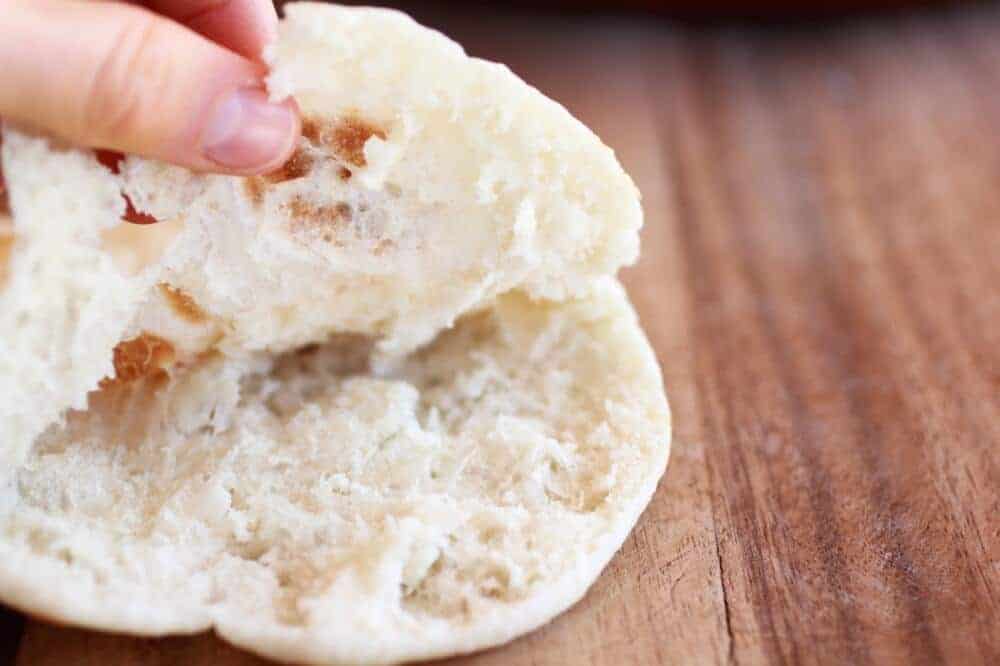
It is Sunday. The perfect day to make some fresh homemade Greek pitas!
Shared with: Inside BruCru Life, Lil Luna, Chef In Training, Buns In my Oven, Foodie Friday Friends, Tidy Mom, Taste and Tell, Cheerios and Lattes, Somewhat Simple, Mom on Timeout, I Heart Nap Time, Fine Craft Guide, The Country Cook, Whipperberry, Chef In Training
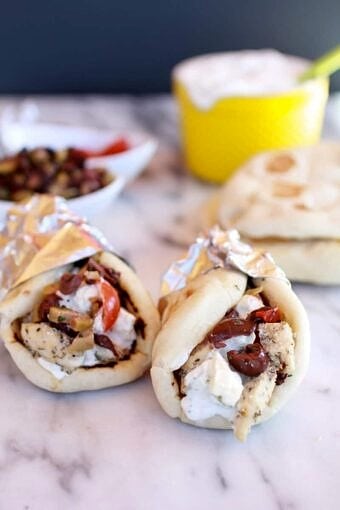
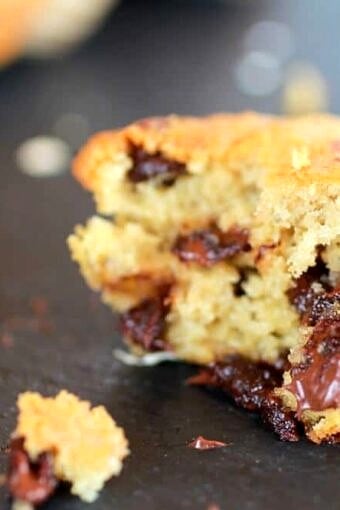













Could I make these with Almond flour? And how much would I use since they are both different flours and have different baking/cooking outcomes.
Hey Courtney, I do not recommend using almond flour as it will greatly effect the outcome of the pitas and honestly I do not think it would work very well. If trying to make gluten free, I’d recommend using a GF flour blend. Please let me know if you have any other questions. I hope you love this recipe! Thank you! xTieghan
So I really hate to read reviews that say “it looks great, can’t wait to try it.” I want to know did you try it and how did it work out? To those who are wondering if this really works, I tried this recipe and it was amazing. I was so surprised that I could make these. They turned out just like the pictures.
Hey Amanda! I am thrilled you loved the pita so much!! Thanks! xTieghan
Thanks Tieghan. I think I need to make 5 batches for next Saturday night (eek!!!). I’m thinking I will make the dough Friday, then cook 40 pitas Saturday morning, and heat them up that night.
Can I roll the pitas Friday and cook Saturday, or am I better to roll them just before cooking? Also, what’s the best way to reheat them? Wrap in foil and warm in the oven perhaps?
cheers
Megan
Hey Megan! I would recommend rolling just before cooking for best results. I like to Wrap in foil and warm in the oven at 325 degrees! Please let me know if you have any other questions. I hope you love this recipe! Thank you! xTieghan
Simple and perfect! Thanks for such an easy recipe that tastes so unbelievably good! My family agreed that they made our home made lamb souvlaki better than any store-bought ones.
I had previously tried making tortillas, which were quite fiddly, and not as easy as I thought they’d be, so I was a little apprehensive about these, but every pita turned out perfectly (if a little “rustic”!)
I’d love to make this for an upcoming family gathering (20+ people), so I think I’ll make them during the day and reheat that evening. My only concern is that we have 2 coeliacs in the family – has anyone had success making these with gluten free flour?
thanks again! 🙂
HI Meg! So glad you love this recipe! Unfortunately, I have not tested with GF flour blends so I can’t really say how it will turn out. So sorry, I wish I could help you more! Please let me know if you have any other questions. Thank you! xTieghan
Duuuuude!!!
So glad you like this! xTieghan
These were so yummy! They never puffed up but still tasted amazing. I made them to eat with curry, as I didn’t have all the ingredients for naan. So tasty! Thanks for a great recipe!
Thank you so much! I am so glad you loved this! xTieghan
I have been making homemade Greek food for over 30 years, but I’ve always used store-bought pitas. I was making souvlaki tonight and got home and realized I forgot to buy pitas so thought I would find something on the internet and give it a shot. I chose this recipe because it had the shortest rising time of anything I saw. My family and I were thrilled. These were absolutely delicious and the perfect texture and really easy to make. I think that’s the last time I get store-bought. Thanks so much.
Hi! I am so happy to hear that you all loved this pita bread! Thank you so much!
Great recipe! Thanks, made it tonight!
I am so glad you loved this Patsy! Thank you!
I am so happy I found you!!! It was through Pinterest. Now I own your cookbook ( Amazing!!) and follow you on Pinterest. This recipe was amazing and so simple. All of your recipes are a breath of fresh air. Keep up the amazing work!!!
Yours truly
Amanda
I am so glad you have been enjoying my blog and the book! Thank you so much Amanda!
Made this today and it was a hit in our house! I had to use a stainless steel pan since I cannot use the cast iron on my stove. Thinking of putting a cast iron pan on the grill and trying it this way next time!
Thank you so much Lisa!
Could I use buckwheat flour instead of white all purpose?
I literally make these like twice a week. My kids devour them. Thanks for sharing this recipe.
That is so amazing! Thank you!
I commend you for all the wonderful recipes you have introduces your followers to but I suggest you be more specific about the temperature of the water you might the yeast in. Hot but not boiling leaves too much to chance. Dry yeast typically needs temperatures of 105-115 to “wake” the yeast. Boiling is 212 degrees so that leaves quite a range to work with. Temperatures of 120, quite tolerable to human touch will begin to kill your yeast. 140 degree water temperatures, quite hot to the touch is what many hot water heaters are set at (and still far from boiling), will kill your yeast. Dead. No rise. Cooking can be a very forgiving endeavor, allowing free styling your measures and ingredient substituting and still achieving wonderful results. Baking however is at it’s core is science. There is much less room for error and improvisation, certainly at the level most of us are working at. Thanks again for your wonderful recipes and the I appreciate all the time you must certainly put into your work.
Thank you! I will try to be more clear from now on. I am so glad you are enjoying my recipes though!
These were perfect! The dough was absolutely amazing to work with!ised exactly 2 1/2 cups of flour. Will be making these again.
Thank you Angie! I am so glad this turned out perfectly for you!
Could you possibly make a quick tutorial video on these pitas? Thanks!
I can try to do so, yes! I will get to work on it. Please let me know if you have other questions. Hope you love this recipe! Thanks! 🙂